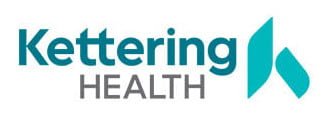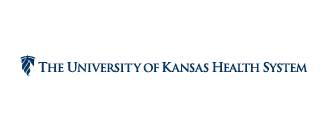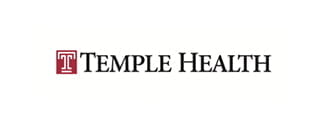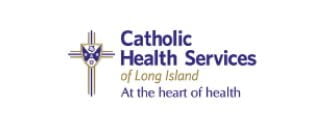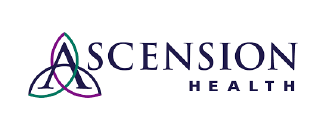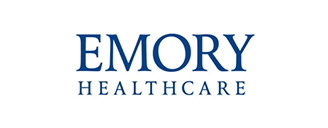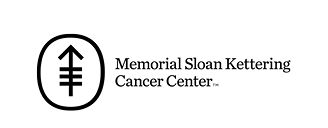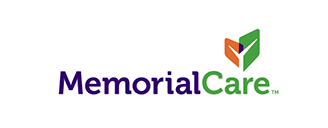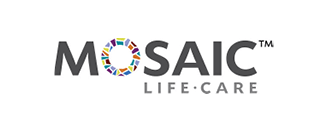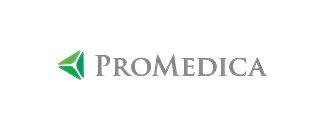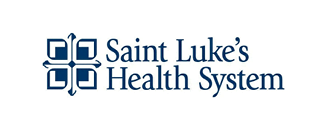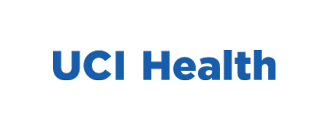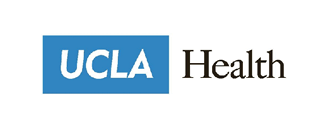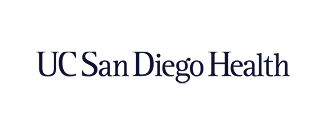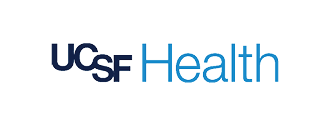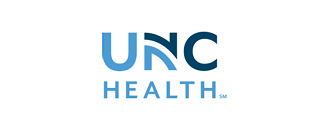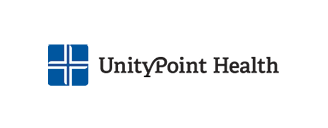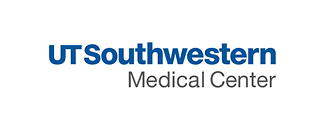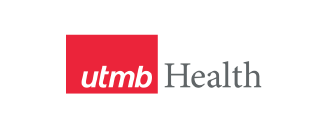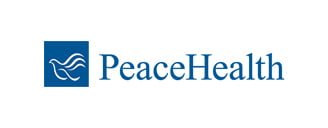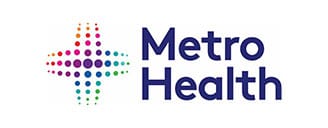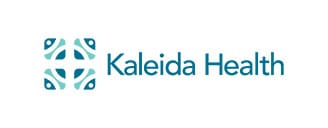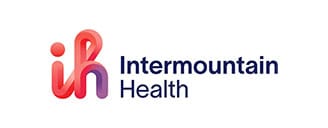Introduction
Healthcare supply chain rebates are a primary strategy to help reduce supply costs, the second largest expense for healthcare organizations after labor costs. However, there’s a lot of obscurity around rebate terms and eligibility requirements, which are only growing more complex.
With the industry’s reliance on rebates to help save on supply costs, several solutions are now available to the market. Among these include software to automate rebate management tasks and data collection for AP teams.
While automation can help healthcare organizations recover the rebates they’re owed, a big question remains. Are rebates really the best means healthcare has to reduce its supply costs?

In this week’s article, we take a closer look at healthcare supply chain rebates, and whether the value they provide is worth it.
Overview of healthcare supply chain rebates
Healthcare suppliers offer rebates as financial savings incentives to their partners in the clinical supply chain, including providers, distributors, GPOs, etc. Suppliers typically structure their rebates to encourage specific purchases, reward loyalty, and foster long-term relationships.
Suppliers offer several types of rebates:
- Volume-based incentives: Cost savings for bulk purchasing and consolidated orders.
- Contract compliance rebates: Offered to buyers who adhere to their contract terms, such as purchasing a specific percentage of supplies.
- Formulary adherence: In the pharmaceutical industry, these are provided when healthcare providers prescribe medications listed on the supplier’s formulary.
- Prompt payment discounts: Offered to buyers who pay their invoices within a specified time frame.
- Performance-based rebates: Given for achieving specific performance metric, such as improved supply chain efficiencies.
The challenges with healthcare supply chain rebates
Rebates can serve as a cost-saving mechanism for health organizations and incentivize optimized supply chain processes and stronger supplier partnerships. However, suppliers have their own incentives to offer rebates that may not always align with the needs of health organizations.
Healthcare supply chain rebates typically present several challenges that prevent healthcare organizations from realizing substantial savings. These include complex pricing structures, hidden costs, burdensome tracking and compliance, influence on prescribing, and cost vs. quality concerns.
5 challenges with healthcare supply chain rebates
- First, rebate structures can be highly complex, often involving tiered discounts, volume thresholds, and conditional incentives. This complexity can obscure the true cost of products, making it difficult for healthcare organizations to understand their actual savings or to compare offers from different suppliers.
- In some cases, the administrative costs associated with managing rebates might offset the financial benefits. Consider the fact that entire industries have been founded on the concept of rebate management. Additionally, the focus on rebate-driven purchasing can divert attention away from other critical factors, such as the total cost of ownership, including maintenance and disposal of products.
- Third, rebates require detailed tracking of purchases, contract adherence, and performance metrics. Ensuring compliance with rebate terms and accurately calculating the rebates owed can therefore be time-consuming and complex. This can place a significant administrative burden on supply chain teams and AP teams, particularly smaller organizations with limited resources.
For example, one case study found that a large health organization was losing over $1,400 per hospital bed in part due to missing rebates. Larger healthcare organizations may have the means to pay for a third-party audit service to recover these funds. However, smaller organizations without the resources to audit missing rebates will lose potentially thousands on these programs. - Financial incentives tied to rebates might unduly influence clinical decisions, particularly in the pharmaceutical sector. For example, a healthcare provider might prioritize a medication that offers a higher rebate over one that is clinically more appropriate for a patient, potentially compromising care quality.
- Finally, while rebates can drive down costs, they may also create pressure to purchase lower-cost products at the expense of higher-quality or more innovative alternatives. This can create tension between cost-saving initiatives and the need to provide the best possible care.
A guaranteed cost-savings strategy
The cost savings strategy of health organizations’ supply chains hinges in part on rebates. However, these savings cannot be guaranteed. In addition, with the substantial planning and effort required to uphold rebate terms, any savings may be almost entirely negated in the process.
What are you paying for?
If you’re working with a third-party freight provider, you may not know about the true costs impacting your business. We believe transparency is everything, so we set out to uncover exactly how these pricing models work.
Consider a modern healthcare supply chain solution instead.
At a time when cost savings cannot be left to chance, it’s critical to prioritize partnerships that stand for complete transparency and value. For example, our savings guarantee is a straightforward and dependable cost-cutting strategy.
We offer transparent terms with no hidden clauses, reliable payouts, and unmatched support to help you make the most of our freight management program. To learn more about the benefits of VPL over other freight management programs, visit our Pricing Models page.
Conclusion
Healthcare organizations rely substantially on rebates to reduce costs, but just how much they save is often left to chance. Not to mention, healthcare supply chain rebates often come with endless complexities and risks. These include lack of transparency, administrative burden, and potential impact on clinical decision-making.
To make rebates work, health systems must meticulously manage their programs to ensure compliance. This includes prioritizing efficient administrative workflows, clear reporting and communication, and an unwavering commitment to patient outcomes.
About VPL
We modernize clinical supply chains to support healthier patients. Our technology-driven solutions and consultative customer experience empower health systems and outpatient pharmacies to build smarter, more resilient supply chains. With over 700 hospitals and a 97 percent customer retention rate, we’re trusted to deliver transparency, cost savings, and peace of mind.
